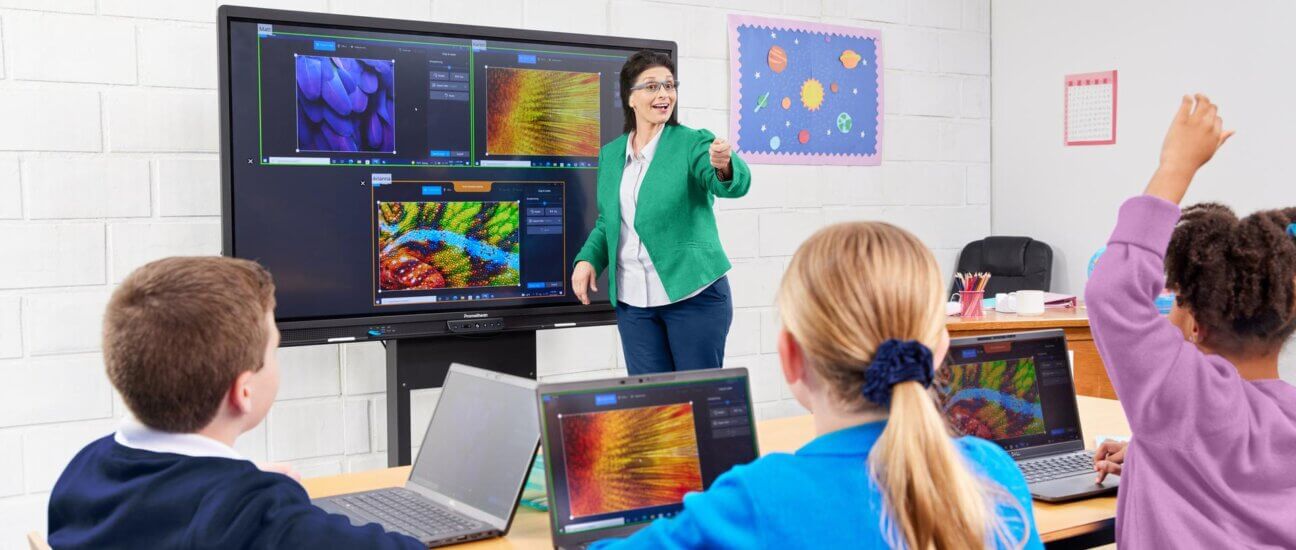What is flipped learning?
Flipped learning is a pedagogical approach where the conventional notion of classroom-based learning is inverted. Students are introduced to learning material before class, and classroom time is then dedicated to active discussion and engagement or other creative techniques.
Flipped learning is continuing to grow in popularity and intrigue teachers, so we’ll be covering the topic in a three-part mini-series starting with this blog.
For a bit of background, you can head back to our recent entry on instructional video which covers flipped learning in a wider context (consider it your prequel to this mini-series).
So without further ado, let’s take a first look at flipped learning…
When can flipped learning be used?
How teachers approach flipped learning varies according to individual preference and from class to class. Many teachers flip their classes by having students read textbooks outside of class, watch instructional videos, or solve extra problems as opposed to first hearing about a topic in class then carrying out exercises or workbooks at home.
Time in the classroom is then freed up for discussions and engagement where homework-like exercises can be practised with the opportunity to ask the teacher or their peers questions if they need assistance or inspiration.
What are the benefits of learning?
One of the great advantages to flipped learning is its focus on discussion over instruction, which can work well to boost communication skills, increasing students’ interest and focus. Freeing up time for communication can fill in any gaps in knowledge and welcome new ways of thinking about a topic which may not be easily understood at home outside of open discussion.
In turn, students can go at their own pace when it comes to absorbing information outside of the classroom. Flipped learning enables learners to take lessons home and engage with them as they wish, to rewind or repeat video sections when needed.
There are several flipped classroom examples to choose from, varying from discussion-oriented classrooms, demonstration-based classrooms, to role-reversal classrooms whereby students showcase what they have learnt out of class to the group. Teachers can effectively use these models to their preference, as different methods of flipped learning can be exercised to best suit different teaching and learning styles. We’ll cover some of these methods in more detail in the final blog of this series.
A key consideration for flipped learning is ensuring students dedicate the time to engage with material prior to the lesson. If students are introducing themselves to a topic at home, it’s still essential that the teacher carefully checks their comprehension and does this in a manner that helps build the student’s confidence rather than feeling that they couldn’t quite grasp a topic that their peers managed more easily.
For this reason, to optimise the flipped learning classroom model it’s important to provide quality out-of-class material to maintain student involvement – and there are tools out there that can help teachers to create appropriate education materials. That’s why the next instalment in this mini-series will delve into the best tools readily available for teachers venturing into their flipped learning journey. Keep your eye out, and in the meantime make sure to check out all our other handy articles.

